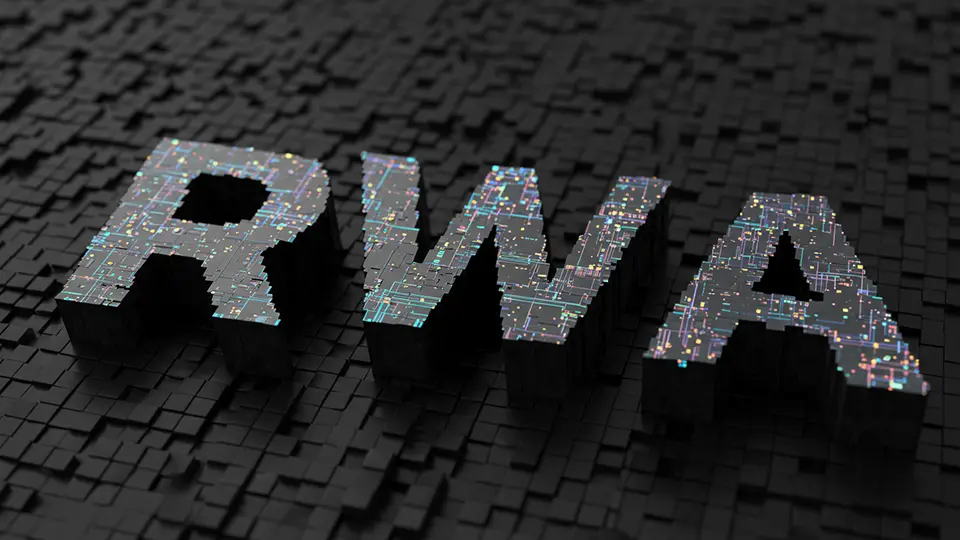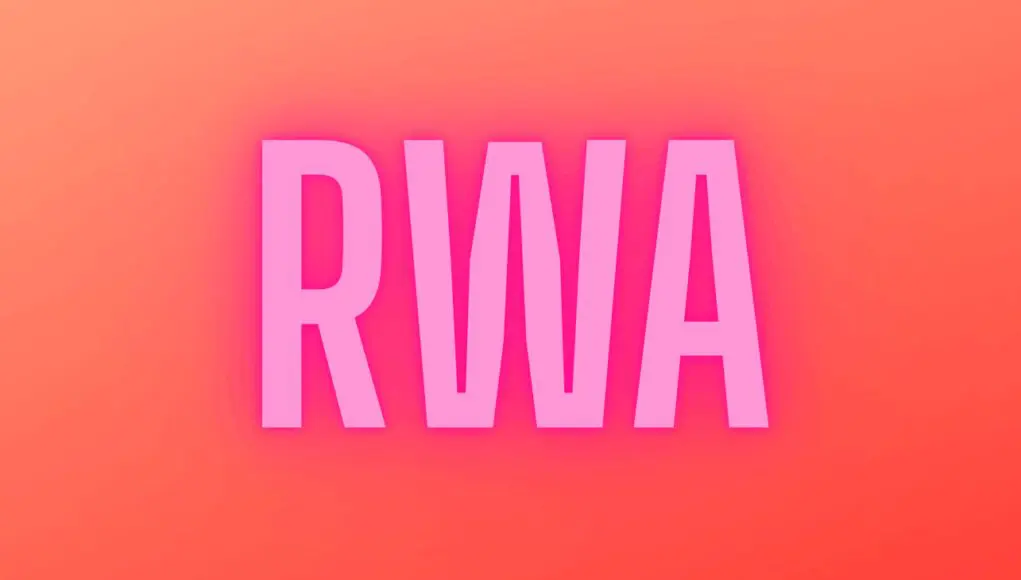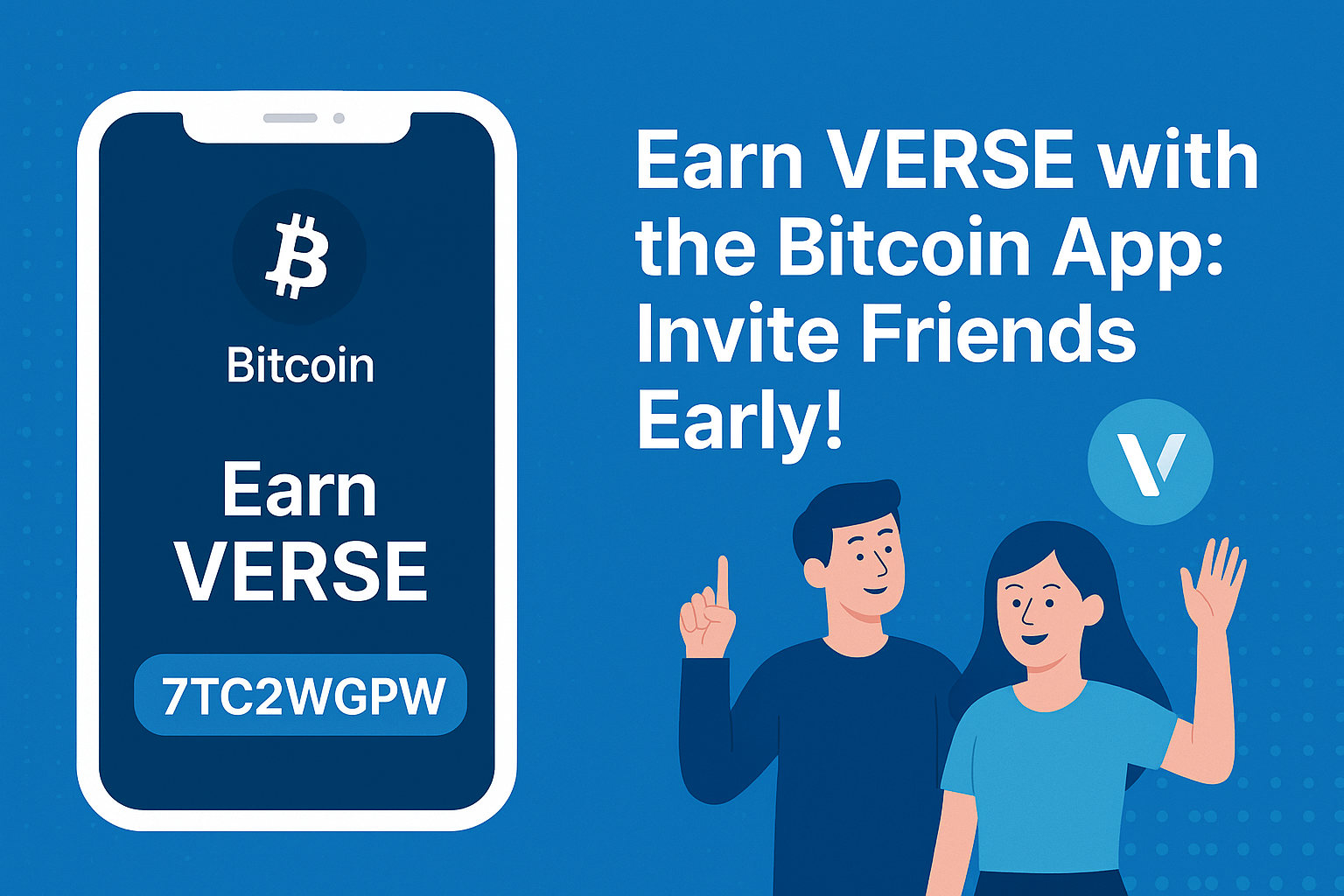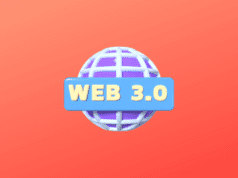As we look forward to the future of finance and investment, there’s no denying the escalating popularity of tokenization, specifically in the realm of Real-World Assets (RWA). Tokenization is poised to become one of the most disruptive technologies in the world of decentralized finance (DeFi). But how does this work, and why is it gaining so much traction? Let’s dive into the fascinating world of RWA tokenization.

ALSO READ: Blockchain + AI = The Next Tech Revolution
Understanding Real-World Asset (RWA) Tokenization
At its most basic, RWA tokenization involves converting the value of real-world assets like real estate, bonds, and even art into a digital token on a blockchain. This process makes these assets more accessible, transparent, and liquid, which is a game-changer for traditional investment landscapes.
Traditional Assets are Going Digital
Real Estate
Consider real estate, for instance – a market where high costs and complex paperwork have often deterred everyday investors. But tokenization is leveling the playing field. By tokenizing a property, its value is broken down into affordable units represented by tokens. This means that someone could potentially own a valuable piece of real estate by purchasing a small fraction of tokens, making property investment incredibly accessible.
Bonds
Similarly, the bond market is also gaining from tokenization. Bonds are typically less liquid than stocks, but by turning these securities into tokens, they become easily tradable on a blockchain. This can decrease transaction costs, speed up settlement times, and provide a level of transparency that traditional bond markets lack.
Art
Art, another traditionally illiquid asset, is also being tokenized. This process allows more people to invest in expensive artwork, even if they can only afford a small fraction of the piece. Furthermore, tokenization provides a transparent and immutable record of ownership, greatly reducing the risk of forgeries and fraud in the art market.
Integration into DeFi
Tokenization is not just revolutionizing traditional asset markets but also deeply influencing the DeFi landscape. By tokenizing their assets, individuals and companies can integrate their assets into a blockchain ecosystem, opening doors to global investment opportunities and financial services.
Key Features of RWA Tokenization
Accessibility: Tokenization lowers the barrier to entry for investing in traditionally expensive assets like real estate or art. It allows for fractional ownership, making investments affordable for a wider audience.
Liquidity: Tokens can be traded on blockchain platforms, which significantly increases the liquidity of traditionally illiquid assets.
Transparency: The blockchain records all transactions, providing a level of transparency that traditional markets often lack.
Efficiency: Trading tokens on a blockchain platform can be quicker and cheaper than traditional methods, reducing transaction costs and time.
The rise of RWA tokenization is an exciting development that’s poised to reshape the world of investment. As more and more assets become tokenized, we can expect a democratized and accessible investment landscape where anyone, anywhere, can participate. So, as we journey into 2025 and beyond, the future of finance looks a lot like tokenization.
Final Thoughts
The tokenization of real-world assets and its integration into decentralized finance represents a revolutionary leap forward in how we perceive and handle value. By breaking down traditional barriers to entry and creating a more transparent, efficient, and democratic financial landscape, RWA tokenization is shaping up to be one of the most exciting financial trends of the decade.
As we move further into the 2020s, it’s clear that the digital revolution is far from over. RWA tokenization is yet another marker of how digital technologies can democratize industries and bring about unprecedented change. The future of RWA tokenization looks promising, and we are excited to see where this journey takes us.






